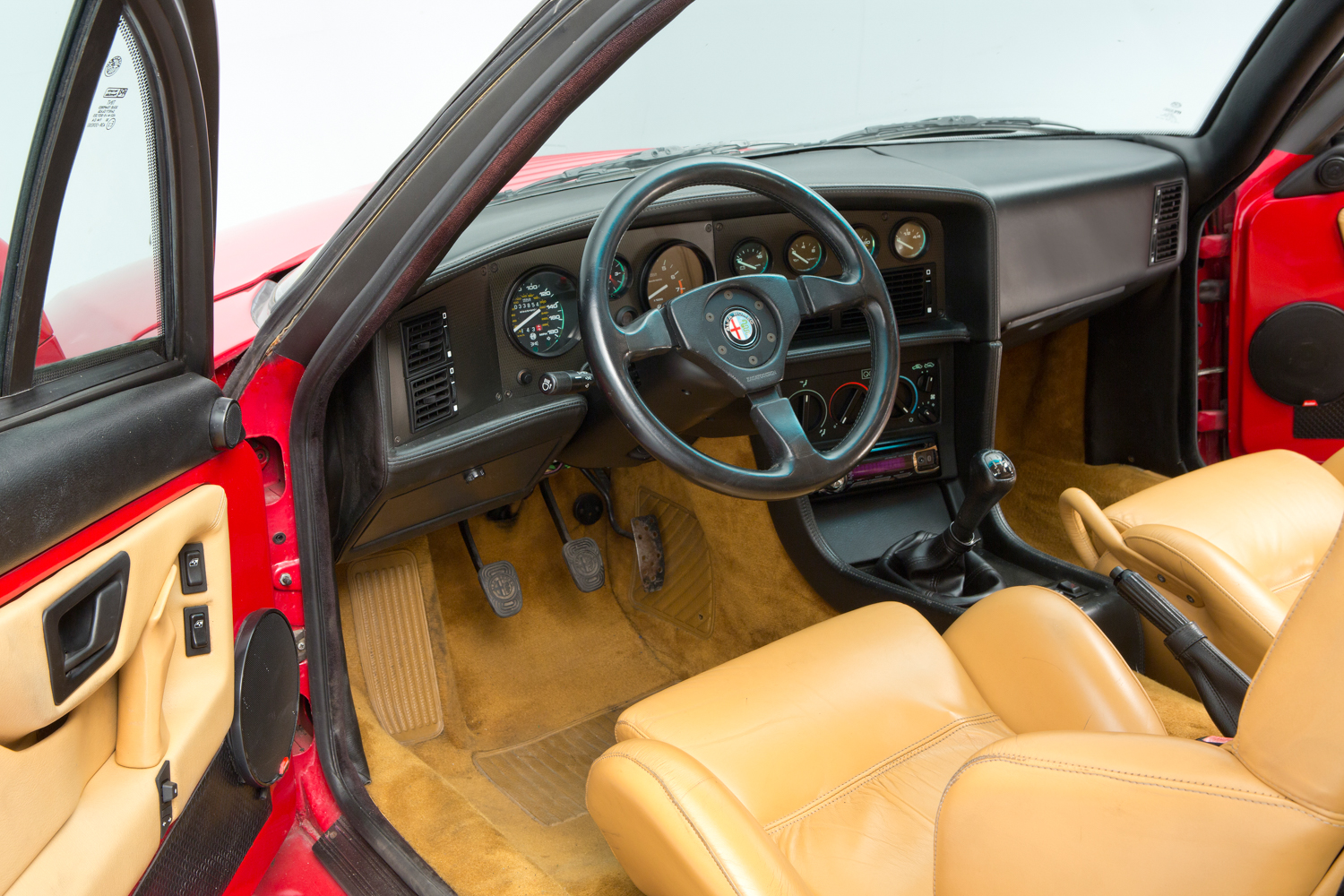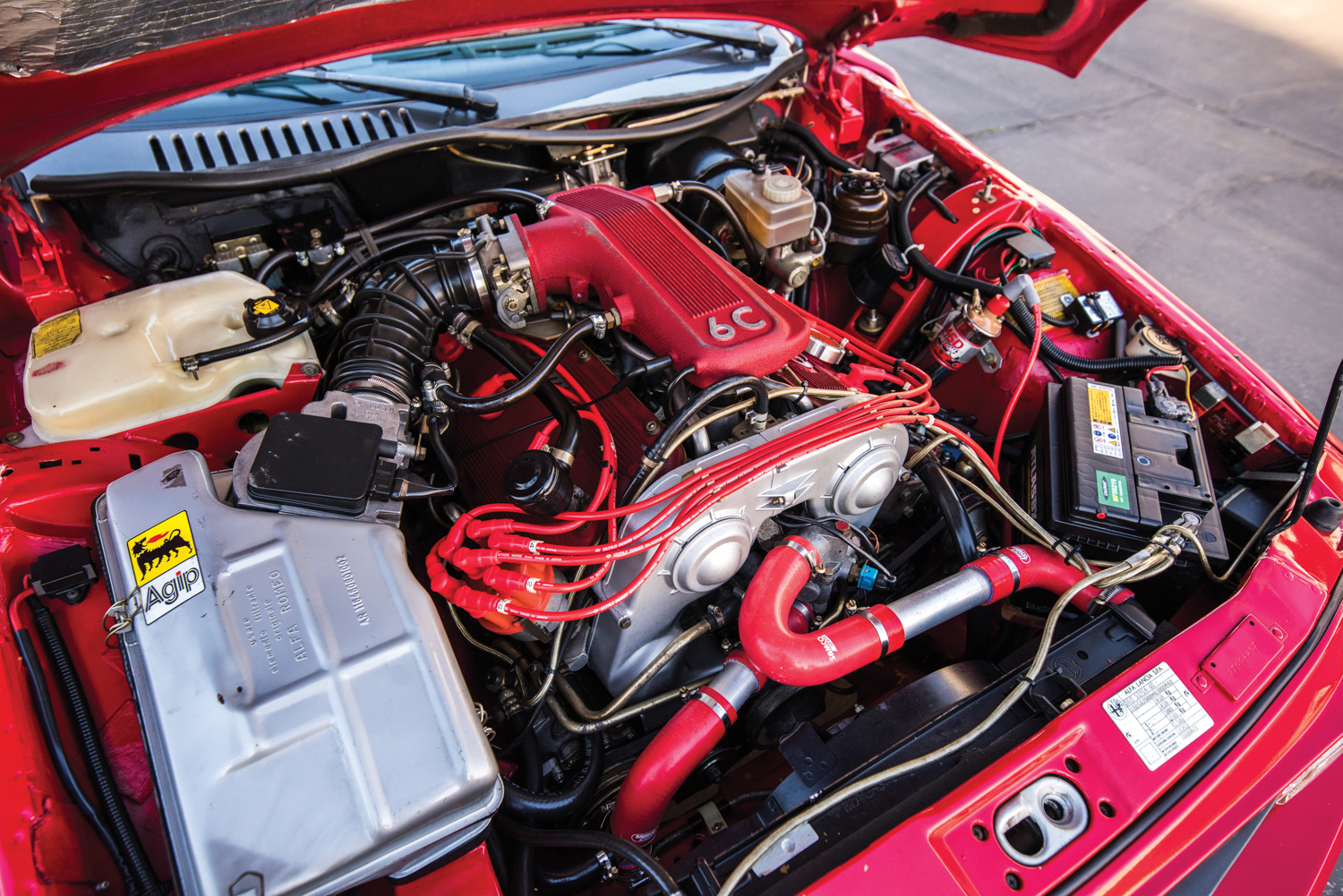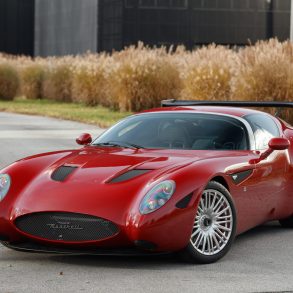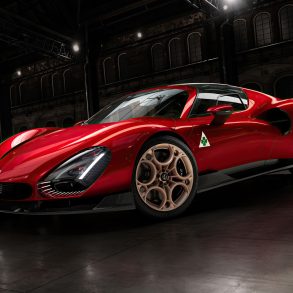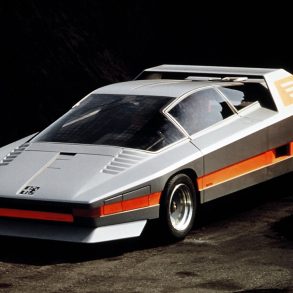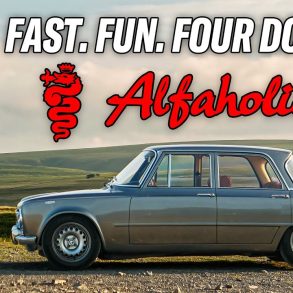Robert Opron passed away last month, tragically from complications due to Covid 19. His body of work would certainly warrant significantly more detailed coverage on his illustrious career than I can offer in this column, but I believe a most fitting tribute to his career can be summarized in the 1990 Alfa Romeo SZ, perhaps the most daring and ambitious of his car designs.
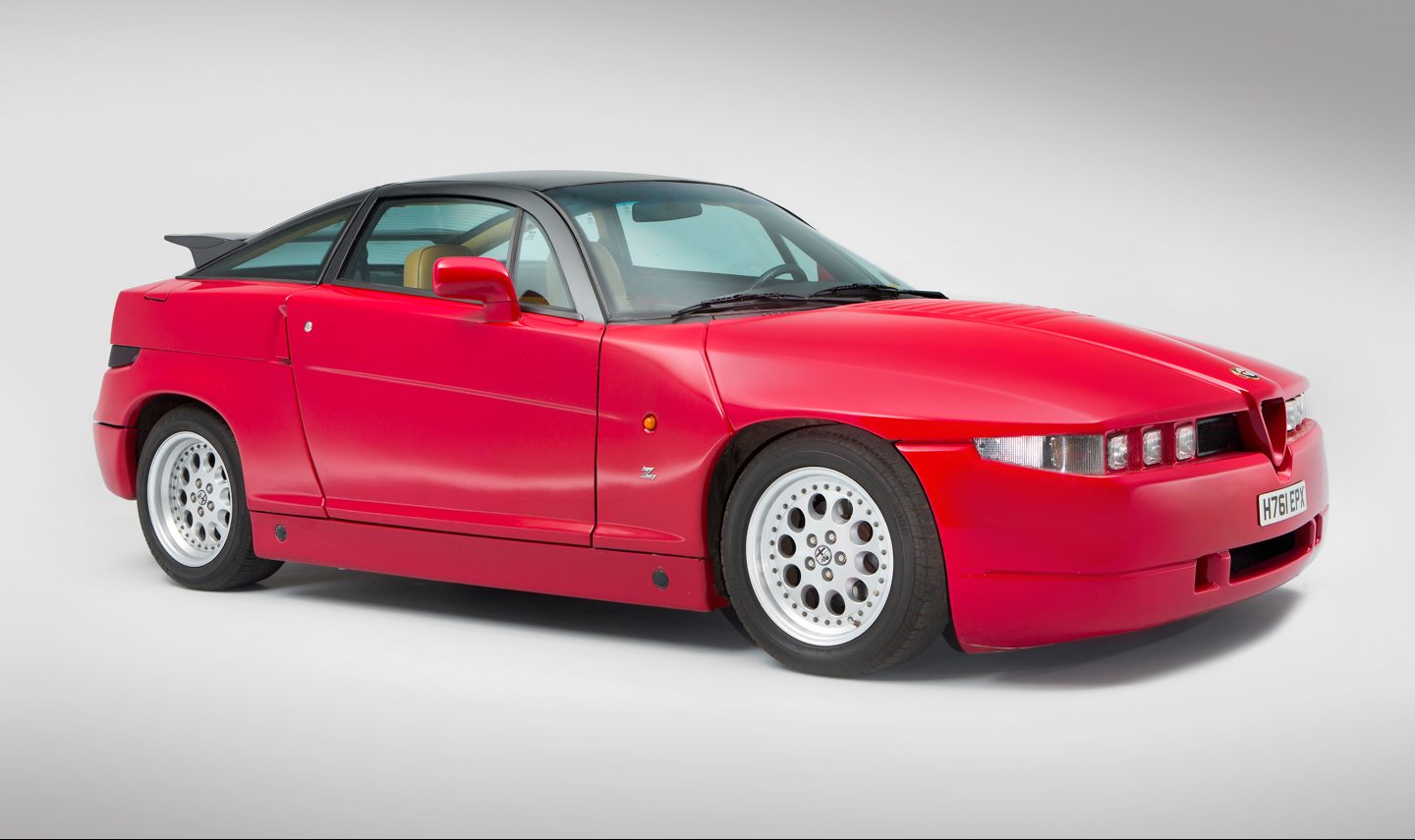
I’ll never forget the first time I saw an Alfa Romeo SZ in person. I had been working as a professional designer for three years, focusing mostly on automobile design, but also enjoying freelance work in toy and scale model car development. One of my projects was working on a series of Galoob Micro-Machine designs for classic cars. These cars were about 2-inch long and had a spunky squished character; a bit like the “Cars” movie franchise animated vehicles that would appear 20 years later. Having just completed a 300SL Gullwing, a Ferrari 250 GTO, and a Jaguar E-Type in this fashion, when I spotted the full-sized SZ, I thought immediately of the squat designs that I had playfully sculpted for Galoob. Only this was real. Powerful, angry, and proportioned like no other car I had ever seen before, the SZ was instantly memorable.
Conceived as a partnership between Alfa Romeo and Zagato, the ES-30 (Experimental Sportscar 3.0 litre) was penned by Robert Opron and refined by Antonio Castellana. Opron had already distinguished himself as an Avant Garde designer, taking risks when other designers chose to play it safe. Among his more notable designs, the Citroën DS, Citroën Ami, Citroën SM and CX, the Renault Alpine A310, and the Renault Fuego, to name a few, Opron was no stranger to pushing the confines of beauty. At the age of 60, after a career with Citroën, Renault, and Fiat, Opron submitted his design for the ES-30, beating out his closest competitor, Georgetto Giugiaro of ItalDesign. Opron’s design submission was completely out of the ordinary with unusually shaped composite body panels tailored to a modified Group A/IMSA Alfa 75 platform. Credit is certainly due to Castellana for achieving Opron’s vision especially in the unusual glass upper and body lines and dramatic proportions over a short (98.8”) wheelbase.
But it would be the power and performance that would be shockingly fused together in the final iteration of the SZ that would cement this legendary effort as a landmark achievement in 1990s design. The combined suspension, potent V6 engine, and Pirelli P Zero tires delivered a remarkable 1.4G cornering force, delivering performance that is still relevant 30 years later. And while the body design was completely over the top, other mechanical innovations included four-wheel disc brakes (inboard rear), a 5-speed rear mounted manual transaxle, and uniquely shaped and recessed triple beam headlights. Although the SZ was a fantastic combination of dramatic design and performance, it earned the nickname “Il Mostro” (The Monster), in part due to the polarizing design, but more likely because many, including the automotive press, were horrified by their first impression. Although just 1,036 examples were built, it was certainly not for lack of interest as even a convertible version followed.
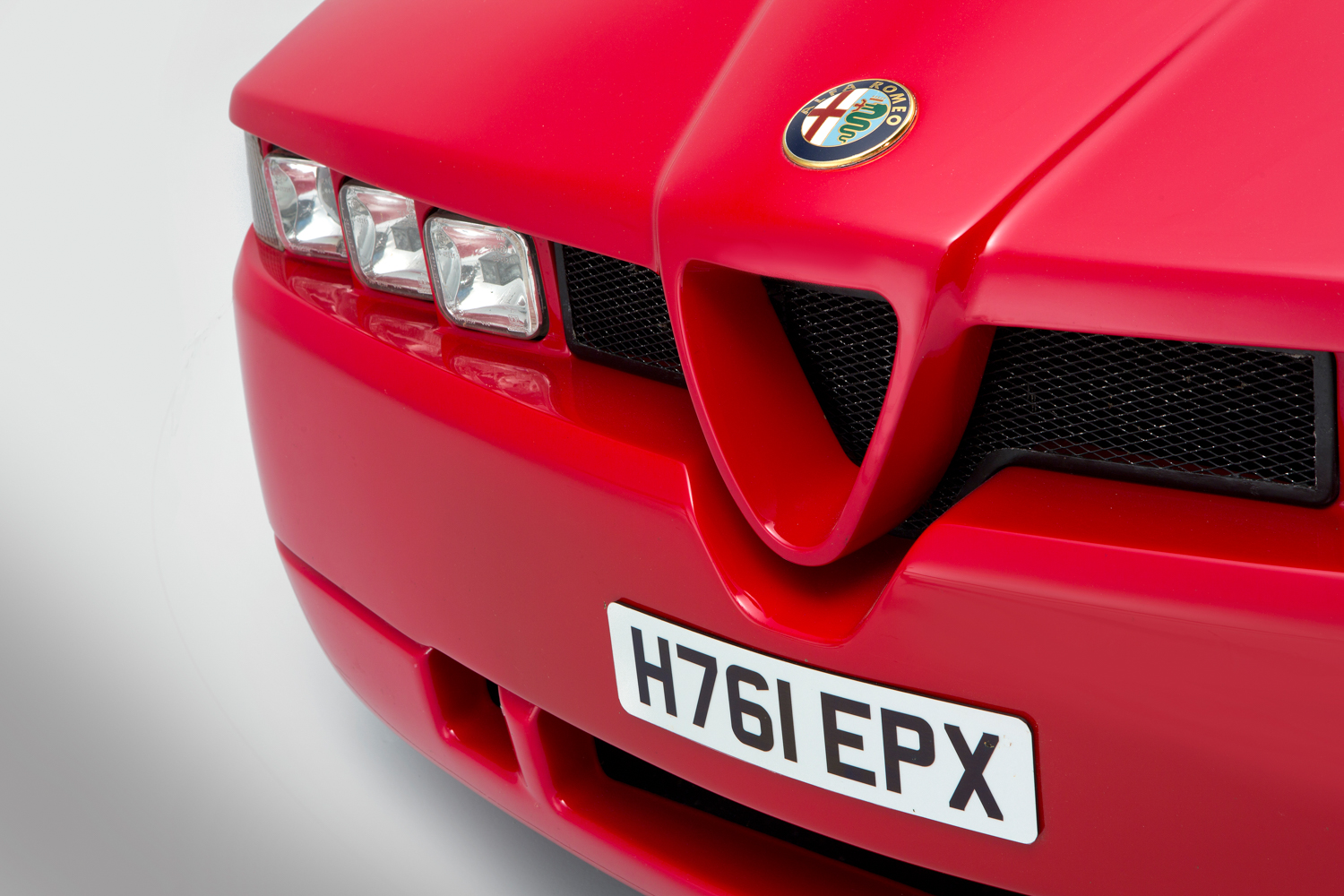
Today, this truly revolutionary design has become something of a love it/hate it example for automotive enthusiasts to joust over. Few cars offer such polarizing responses as experts weigh in ranging from fevered arm waving to confused head shaking as they circle the car, seeking just the right words to describe their opinions. But even the most outspoken of critics is immediately quieted when offered the chance to drive one. The powerful stance and aggressive appearance deliver on that promise within moments behid the wheel. The SZ is absolutely possessed. It’s almost as though it knows you’ve dared to question its looks and now it must teach you a lesson in humility. The SZ is the automotive equivalent of Bruce Lee. Without knowing his power and lightening quick reflexes, it’s easy to think “He’s small…I can take him.” No one exits the driver’s seat of Il Monsto without having been taunted to the edge of your driving ability.
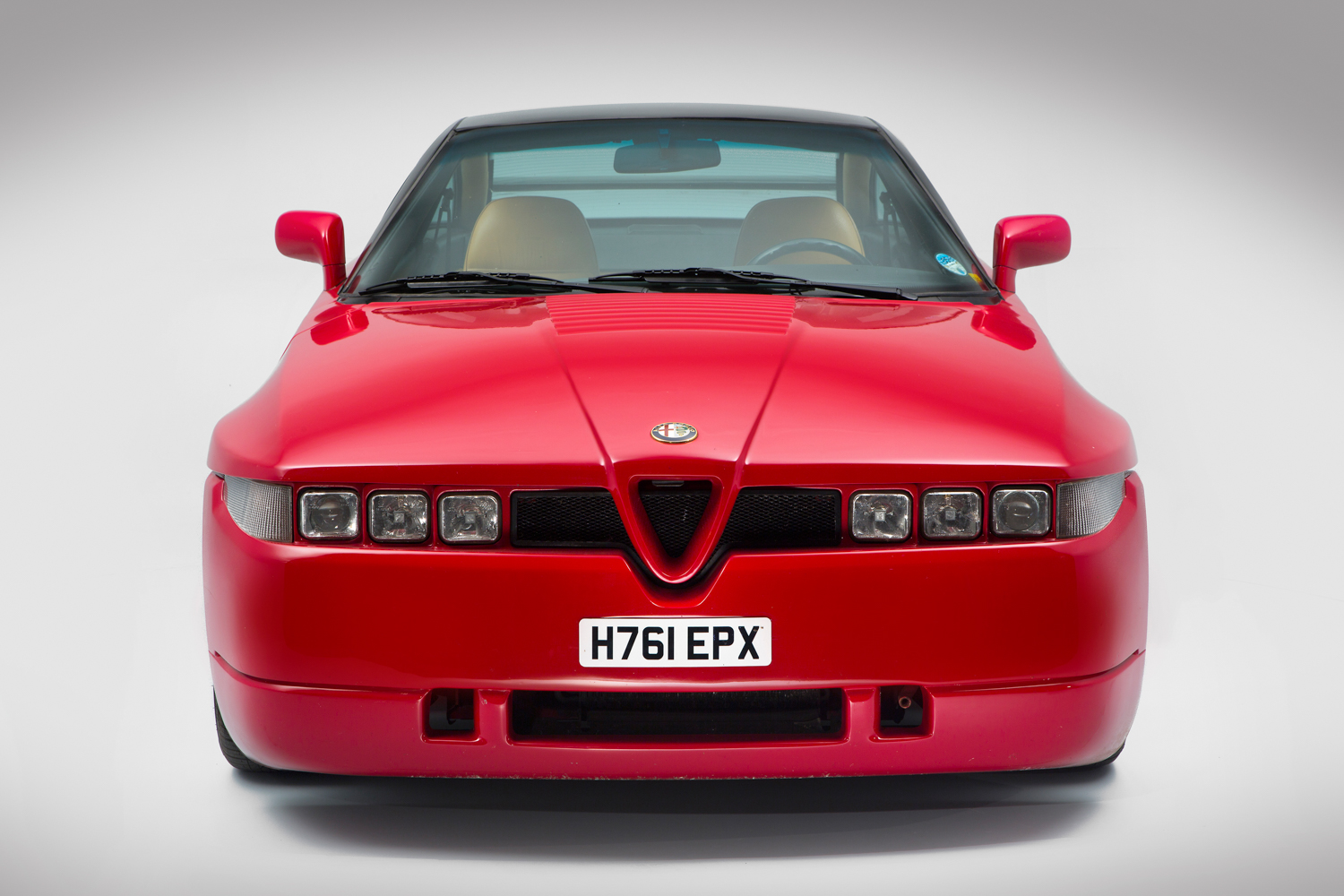
The SZ is best appreciated when studying other cars from this period. At this stage in the industry, cars were just beginning to emerge from the transitioning 1980s. Organic forms were emerging and glass technology developing to where daring designs could be attempted in more than just show cars. Though risky designs were displayed as show car efforts, it was a brief conceptual moment, embodied only in a few cars of this period, but fully developed in this car alone. It was the perfect moment, right before the full blossom of the organic 1990s that would impact global automobile manufacturers for more than 20 years. But the SZ delivered a totally unique moment, frozen in time, brilliantly unapologetic both at inception and still so more than 30 years after it was unveiled.
Studying the bold, squat profile, the car is short, built on a short wheelbase, and captured with dramatic short front and rear overhangs. The rise of the body is quick, almost heaving under the engine’s authority. The door glass line climbs high to your shoulder (a feature more common on car design today) and the curved glass envelopes you inside the cockpit. Once inside the car, I liken the experience to being on the back of a bobcat whose tail has just been scalded by fire. After driving the SZ, I got out and slowly backed away as it huffed like a predator, still watching me from the corner of its eye. In that moment, I understood the attraction, the design, the fierce truncation, the squinting eye headlights, the pursed mouth, and the heaved back – like Gollum hugging the engine “my precious.”
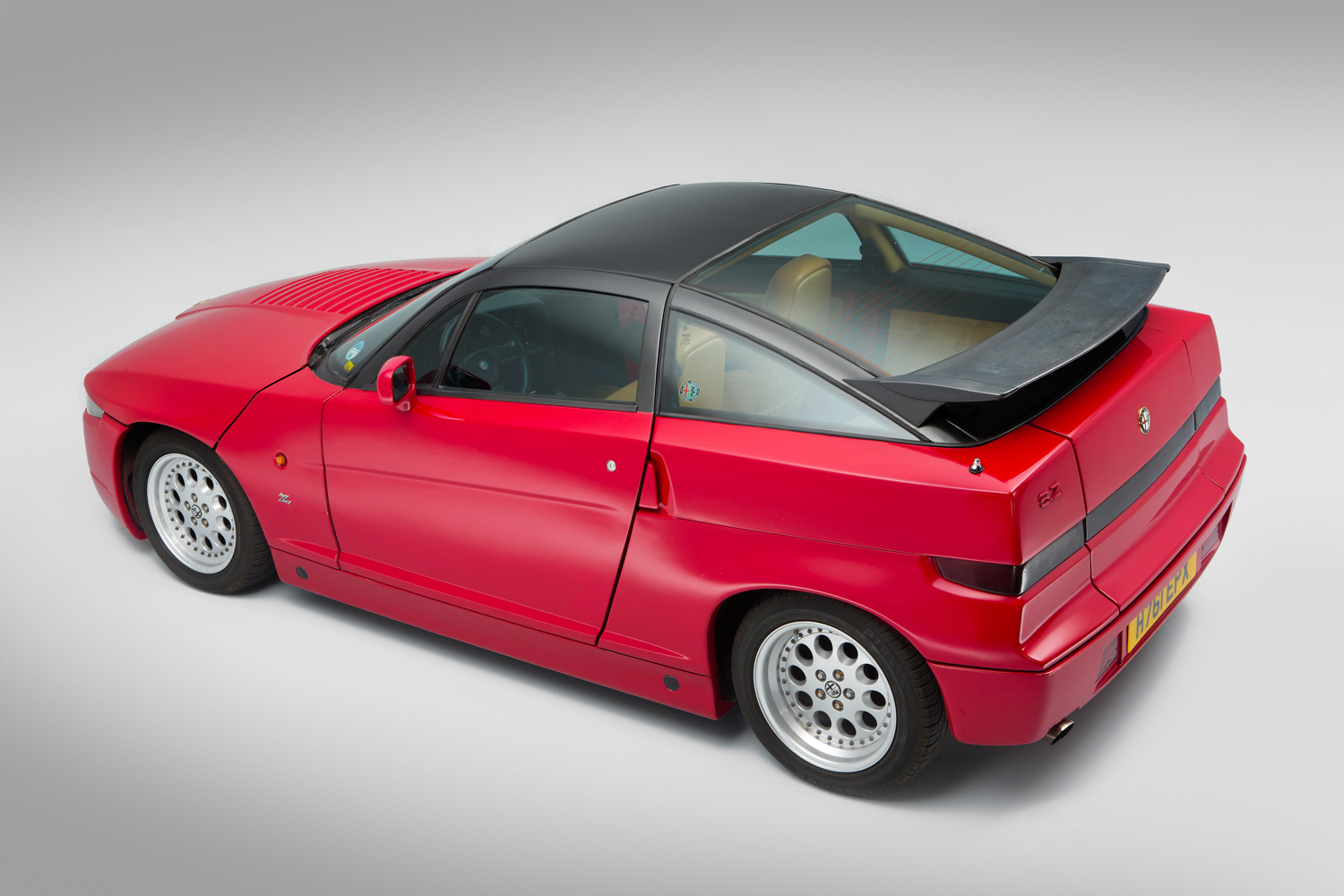
I am often asked about this car from a design perspective. It’s been a life-long journey to explain the attraction I and many others have for these cars. The SZ remains today, without exception, one of the best idea-cars built in production, and certainly one of the most important design concepts from the ’90s. But it also stands as a totally unique expression from any era defining power and beauty, delivered in a package that is easy to dismiss without taking the time to fully appreciate how precisely the design comes together. Robert Opron was unafraid to take risks with his ideas. His entire career pressed into areas no one dared execute and emerged with startling results. Car design could use a bit more Opron these days, pushing the confines of normative aesthetics, coring out a space where a wild convergence of power, punch, and ferocity can still deliver on the promise of beauty.





